‘Hot Art in a Cold War: Intersections of Art and Science in the Soviet Era’ at Bruce Museum
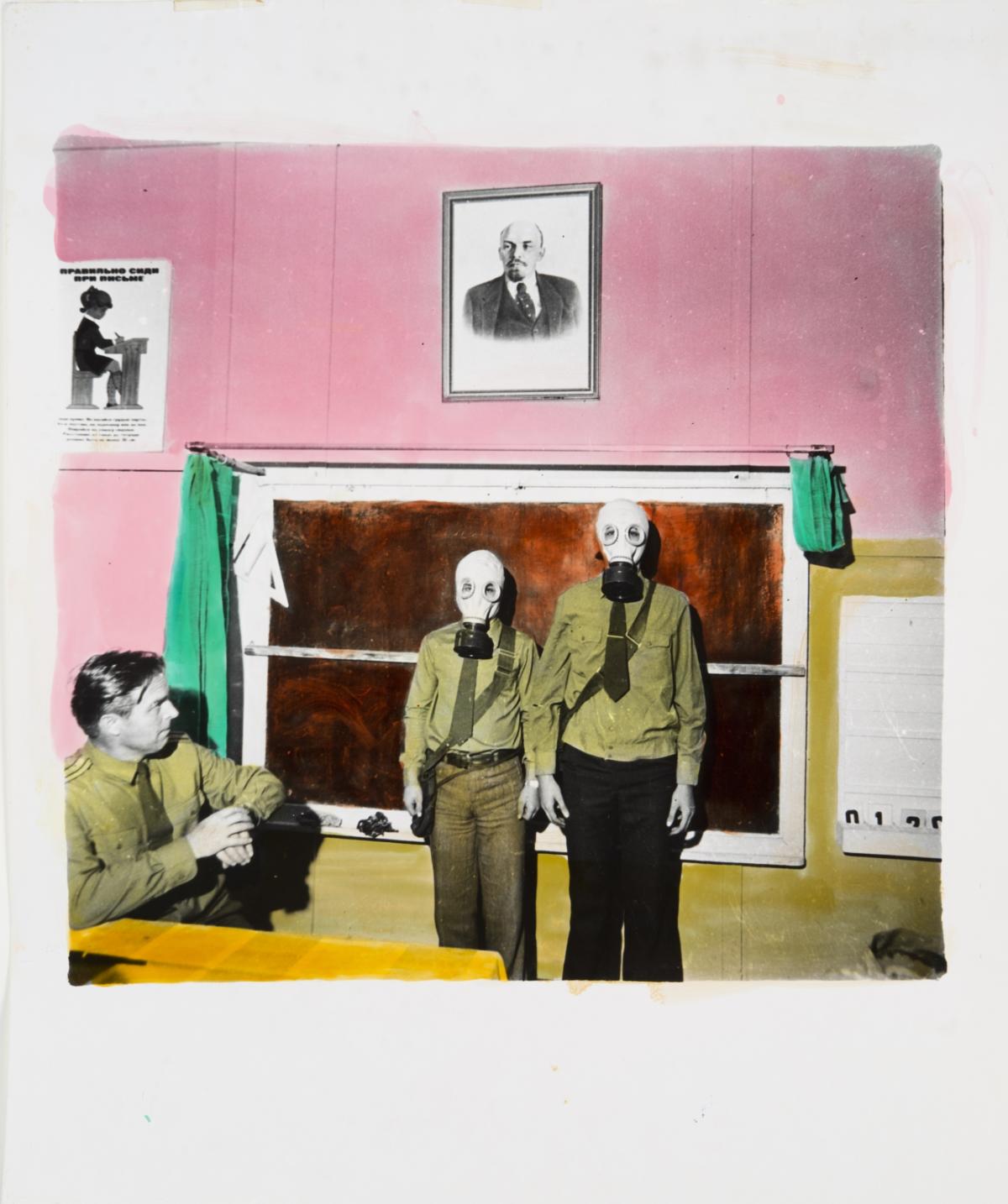
This exhibition examines one of the dominant concerns of Soviet unofficial artists—and citizens everywhere—during the Cold War: the consequences of innovations in science, technology, mathematics, communications, and design. Juxtaposing art made in opposition to state-sanctioned Socialist Realism with artifacts from the Soviet nuclear and space programs, Hot Art in a Cold War touches upon the triumphs and tragedies unleashed as humankind gained the power to both leave the Earth and destroy it.
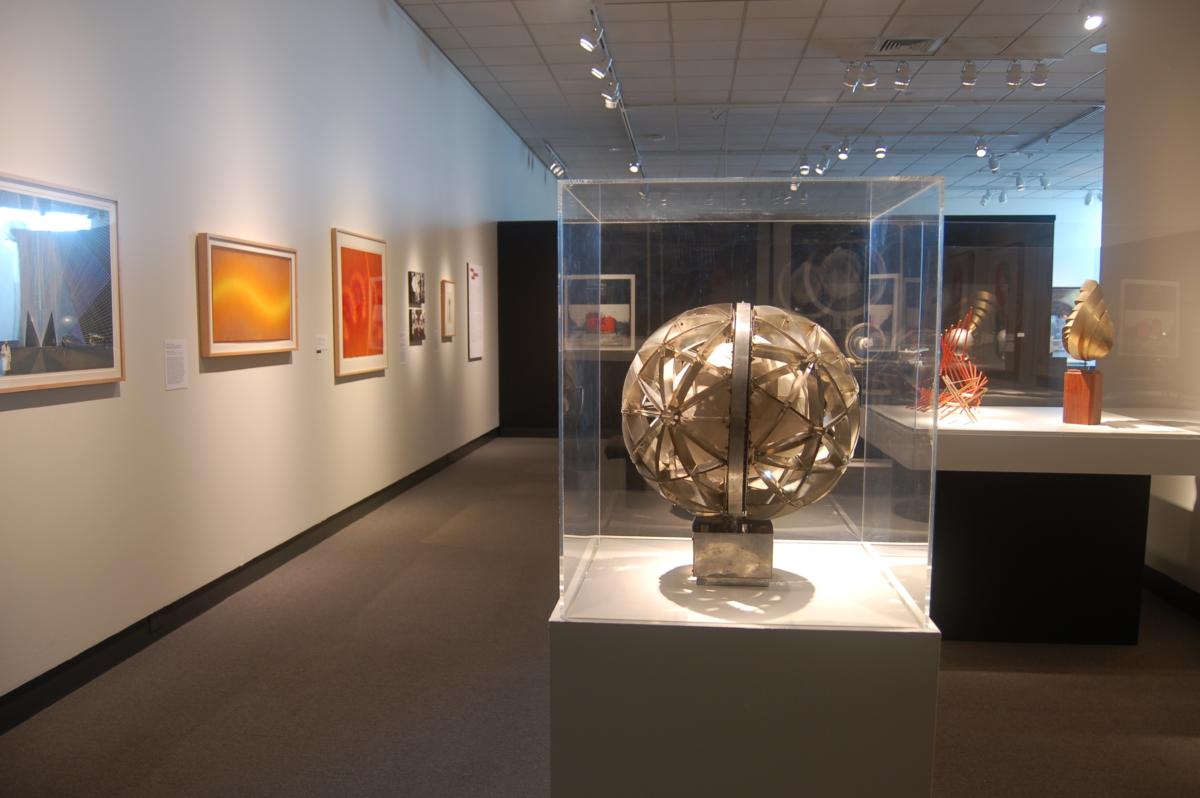
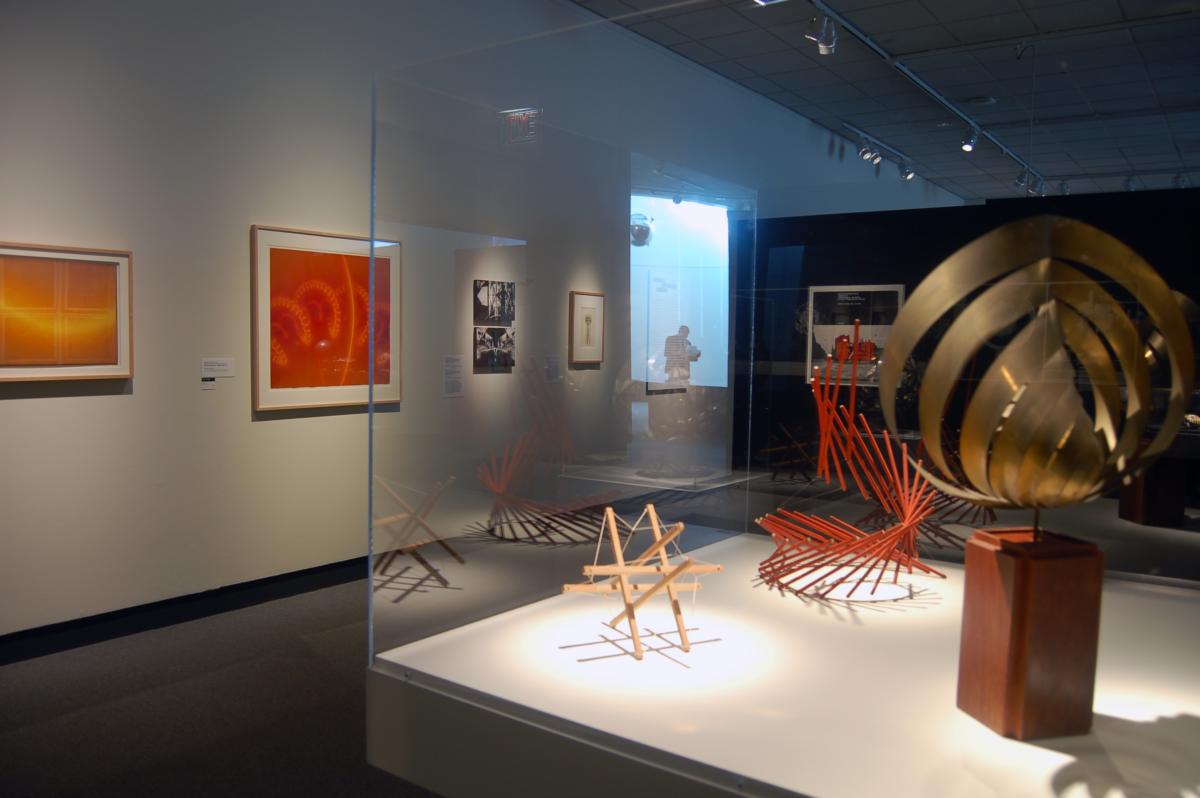

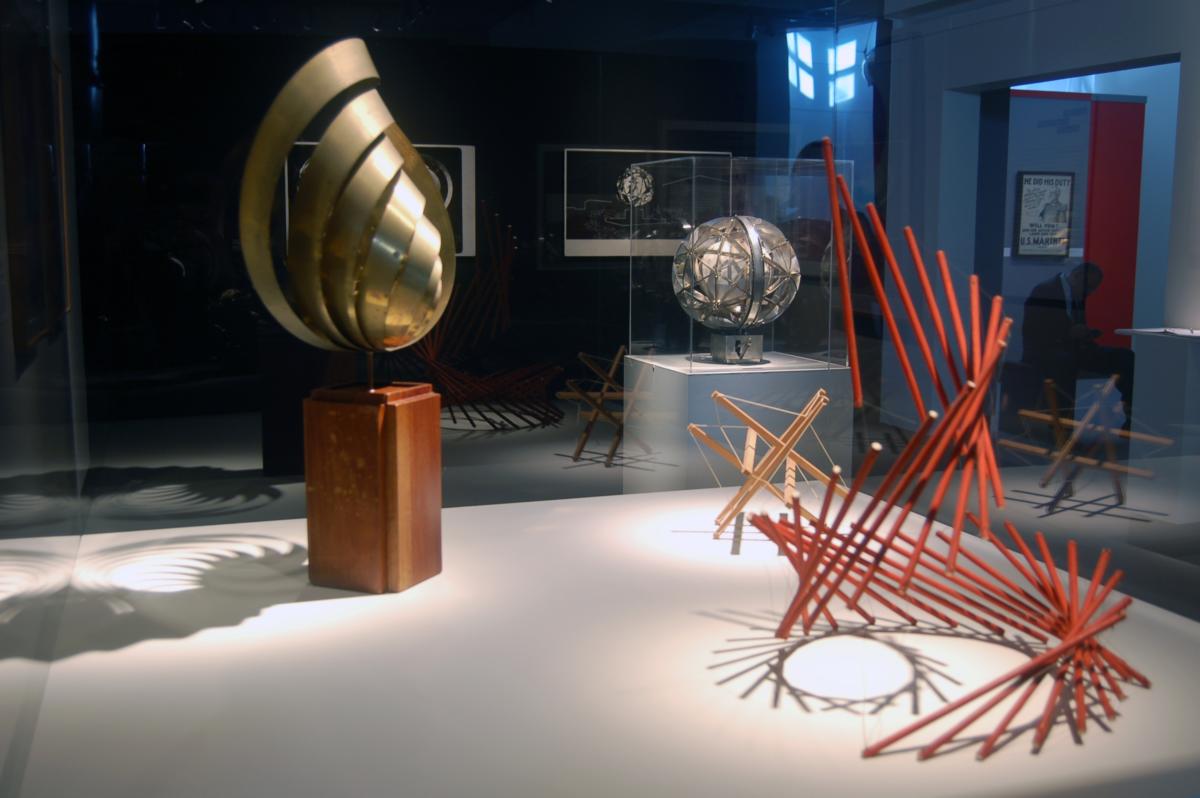

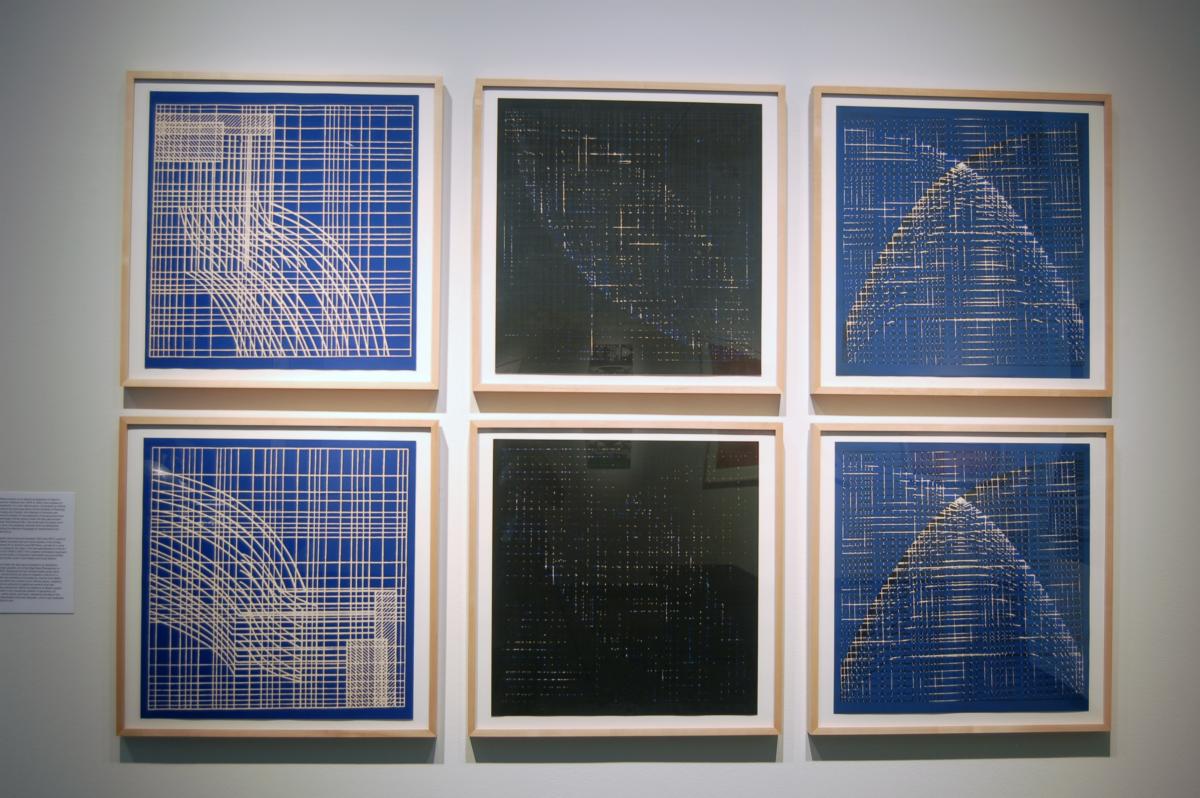

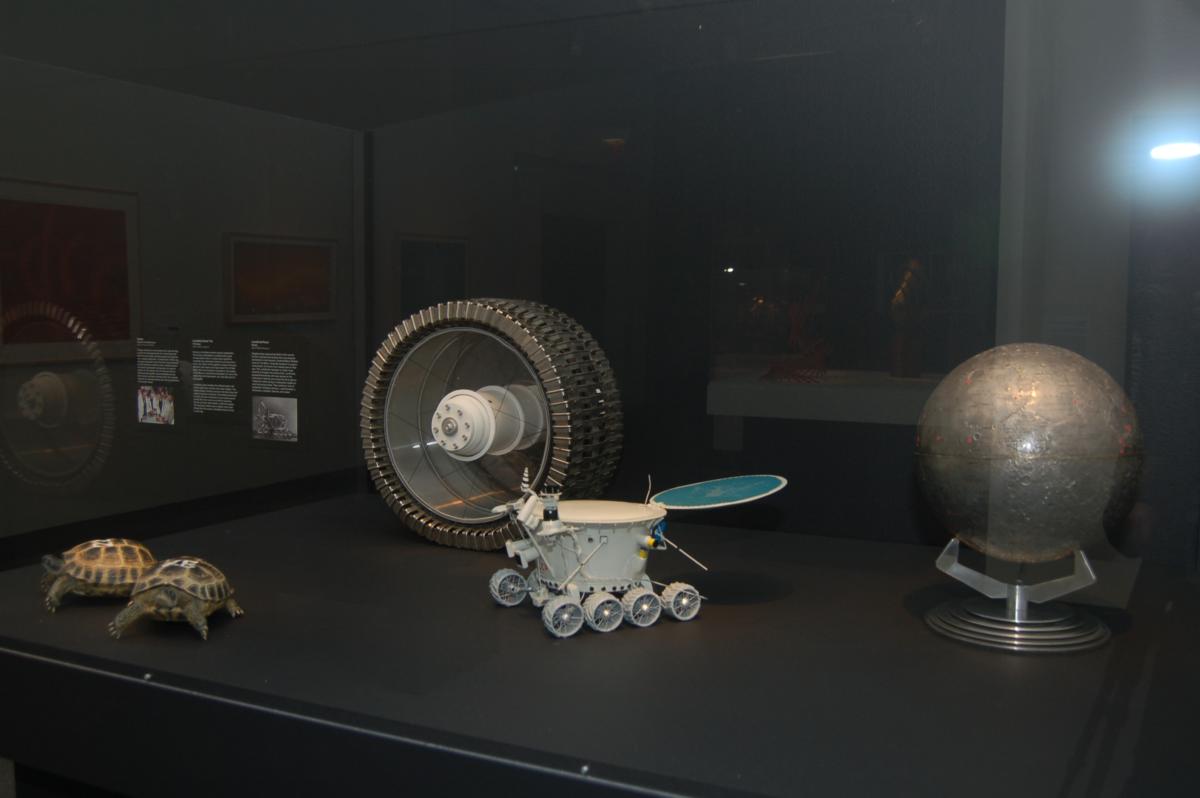
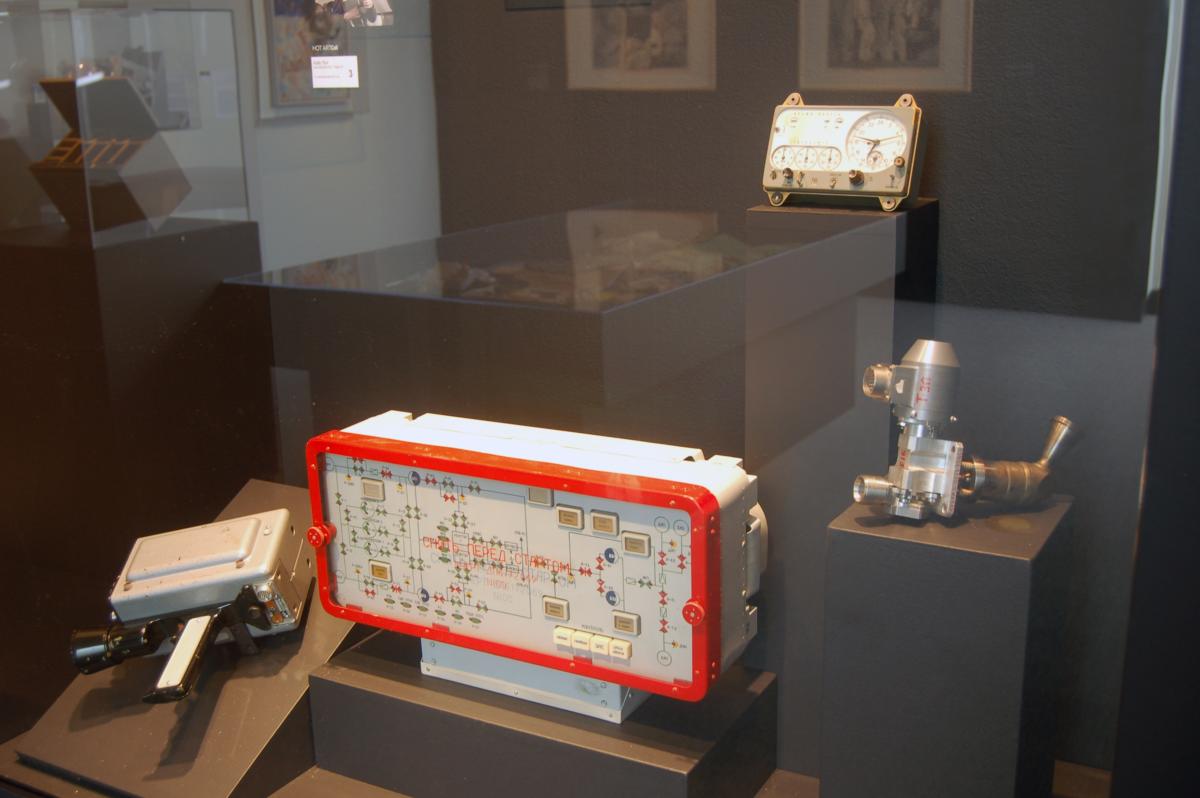
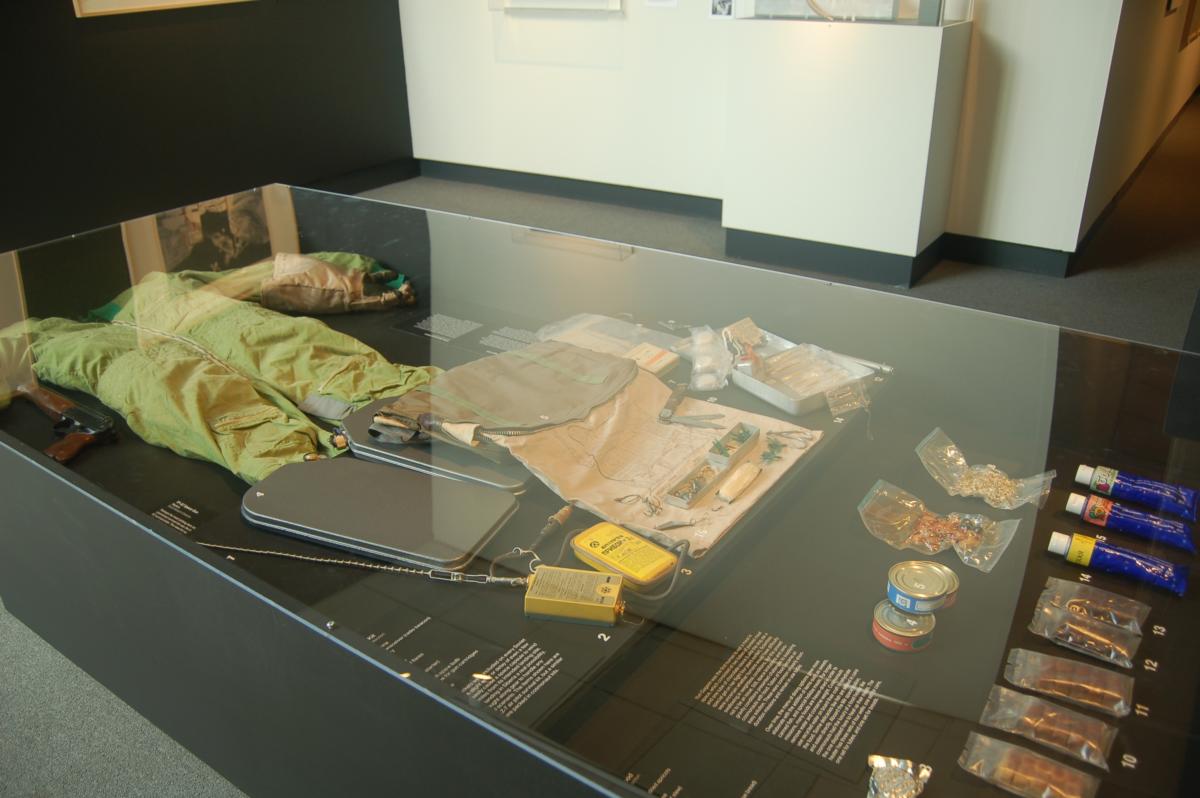

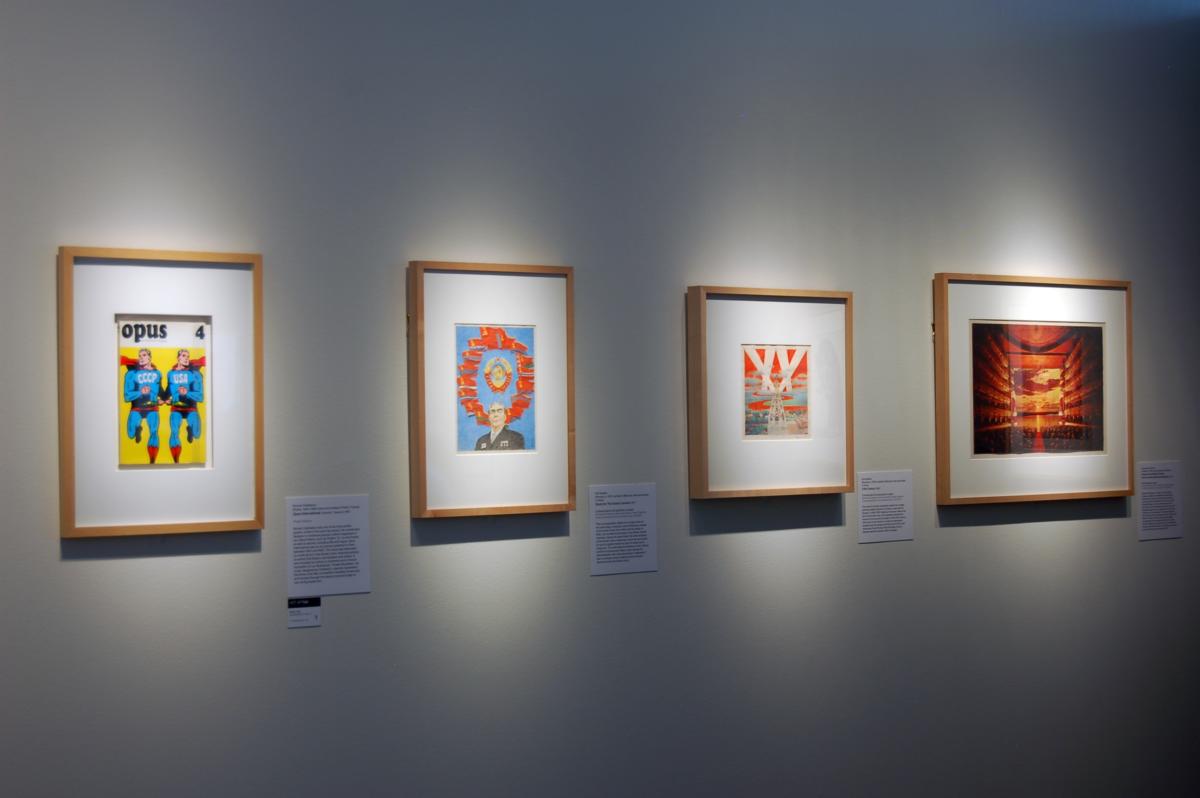
Produced between the 1960s and the 1980s, the works on view address themes of international significance during a turbulent period marked by the building of the Berlin Wall, the ever-escalating competition for nuclear supremacy and the Space Race. Creative interpretations of these key historical events and their repercussions are presented here through the works of more than fifteen artists from the former Soviet republics of Estonia, Latvia, Ukraine, and Russia. Hot Art in a Cold War explores the anxious realities and utopian fantasies of everyday Soviet life in the second half of the 20th century through a variety of media, from documentary photographs and surrealist abstractions to hyperrealist paintings and kinetic sculptures. Kinetic artists in Russia and Latvia directly synthesized art and science in their works, often forming groups to collectively envision and even build immersive installations that offered viewers a glimpse into the unknown future.
As science became a proxy battlefield for the struggle between the USSR and the United States, the Soviet space program achieved a long string of successes including launching the first artificial satellite, first animal, first human, and first space station into orbit. This exhibition features artifacts representing these breakthroughs, including a prototype Sputnik, a replica of a spacesuit worn by the dogs that paved the way to space as test pilots, and equipment from the Mir space station program. The darker side of this Cold War competition is seen in examples of nuclear fallout equipment and specimens from Chernobyl.
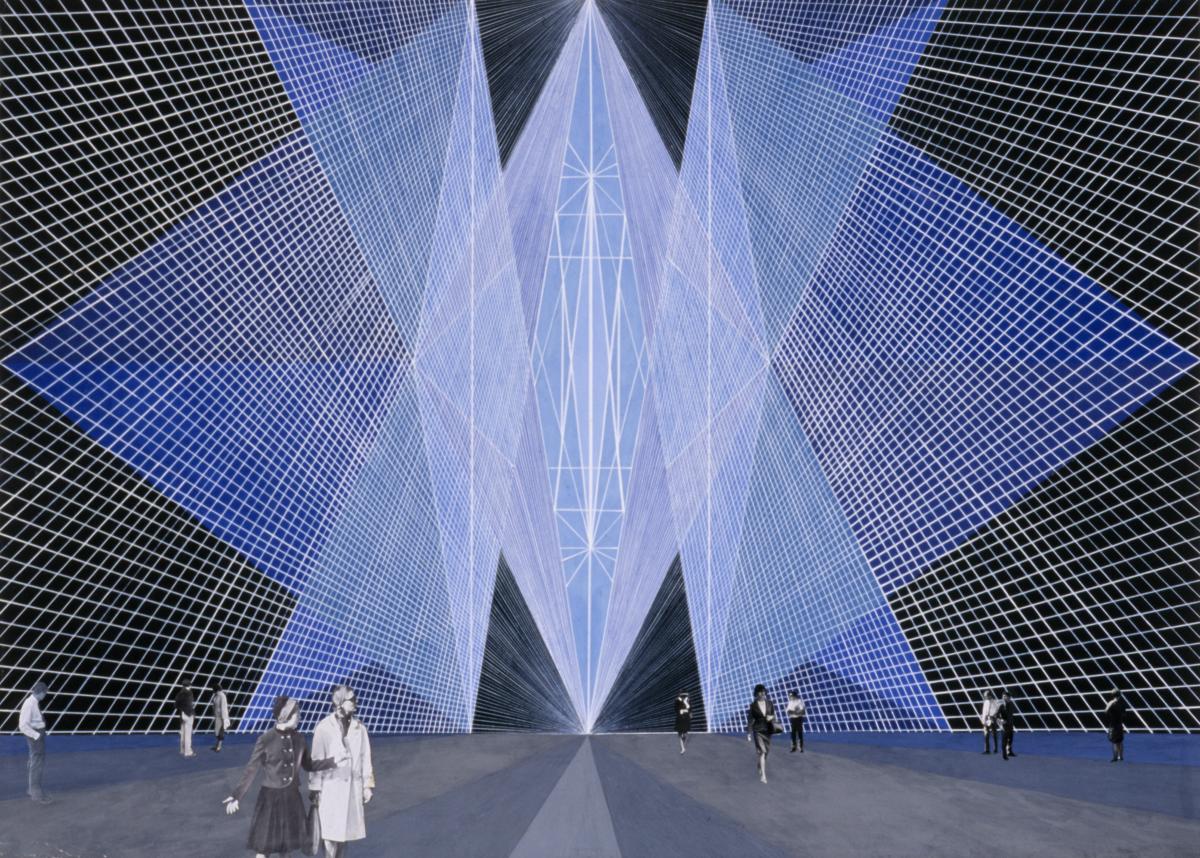


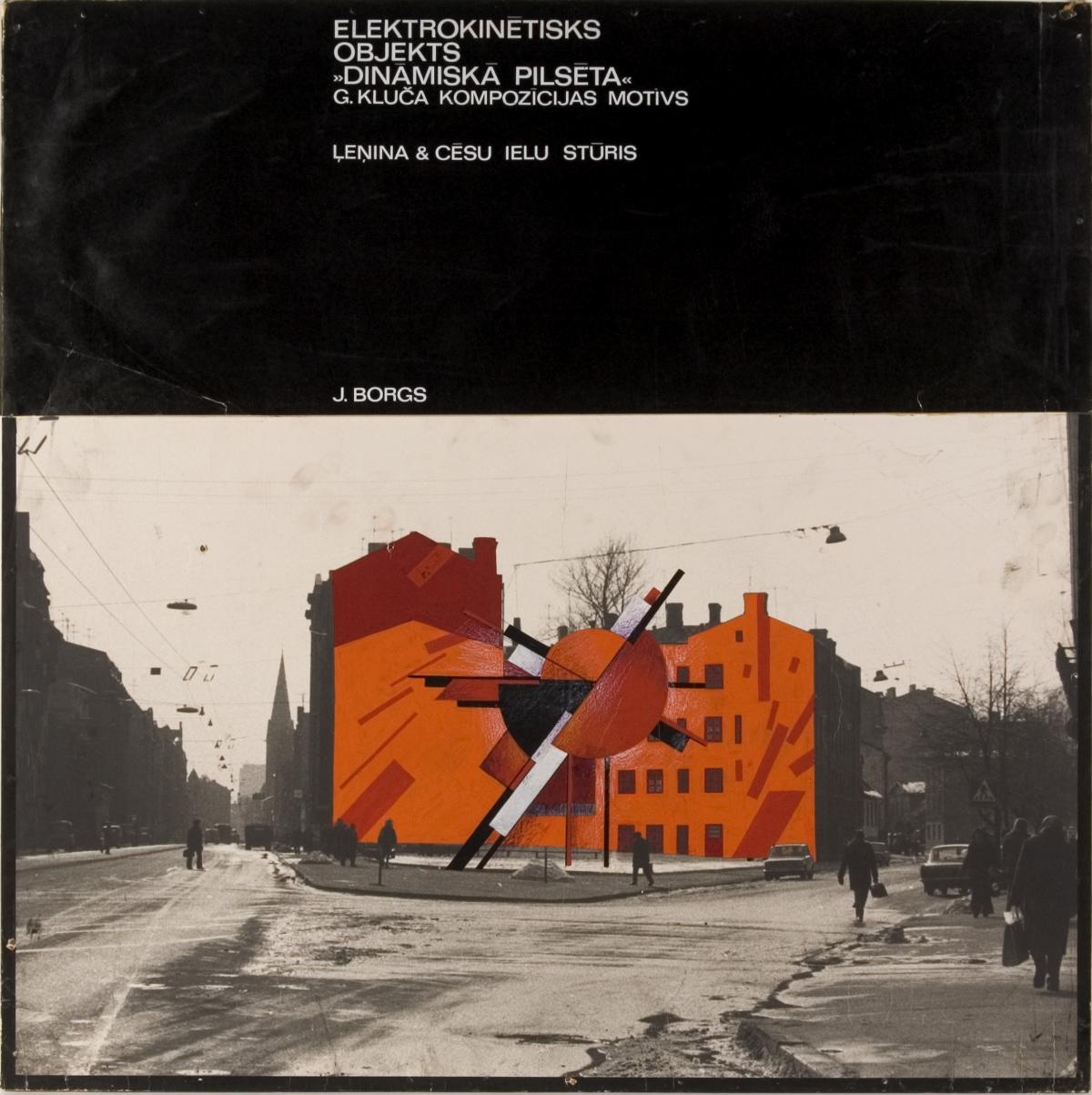

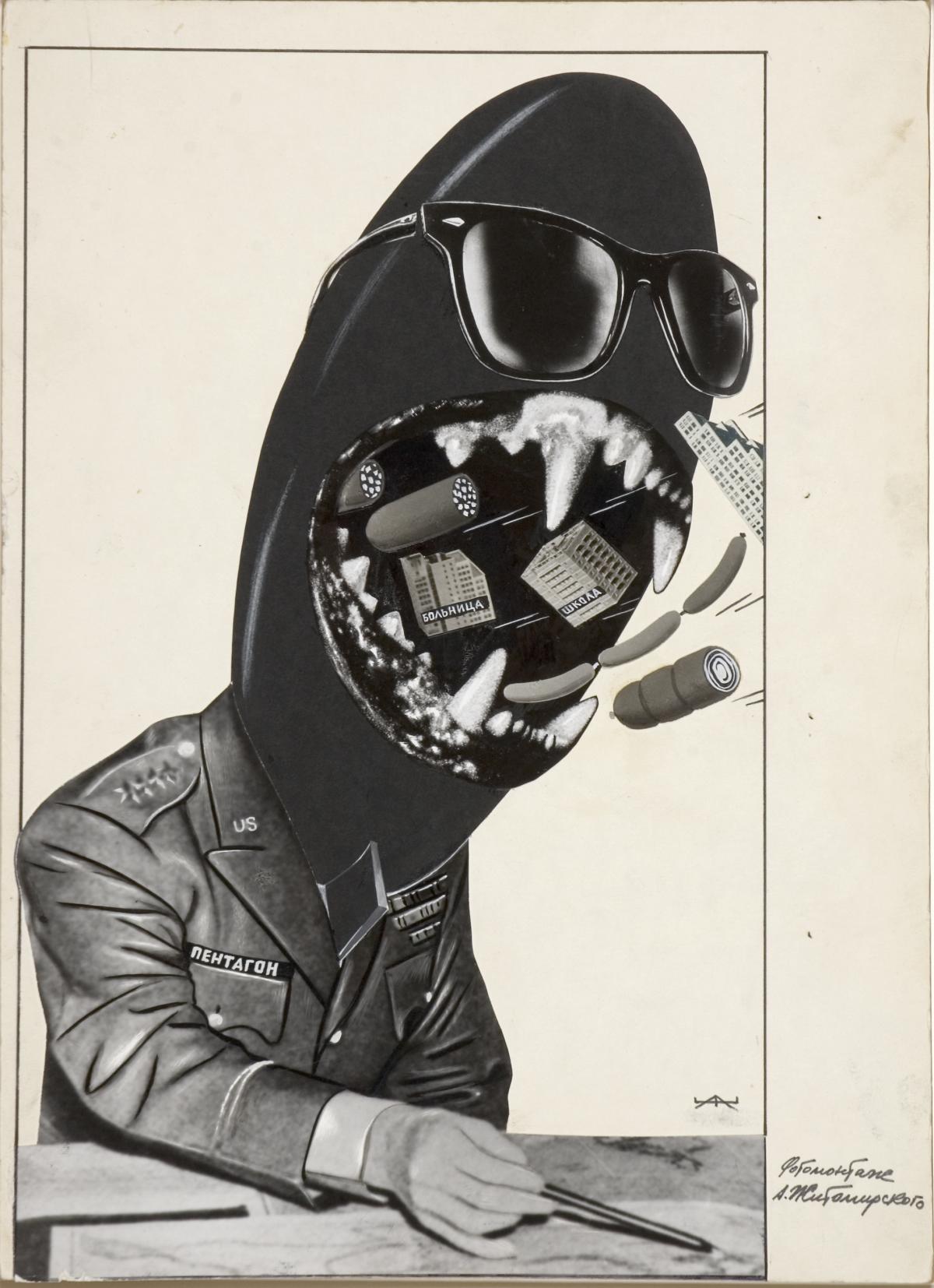
While advancements in nuclear energy and space exploration gave great hope, they also came at a steep price, taking their toll on the Soviet economy, environment and quality of life. Unofficial artists communicated their desires and fears by reimagining their earthly environment and conjuring unexplored worlds. Hot Art in a Cold War captures the direct and indirect intersection between art and science during this historically significant period of geopolitical tension that remains relevant today.
Imprint
| Exhibition | Hot Art in a Cold War: Intersections of Art and Science in the Soviet Era |
| Place / venue | Bruce Museum, Greenwich, CT |
| Dates | January 27 – May 20, 2018 |
| Curated by | Ksenia Nouril, Daniel Ksepka |
| Website | brucemuseum.org |
| Index | Bruce Museum Daniel Ksepka Ksenia Nouril |
